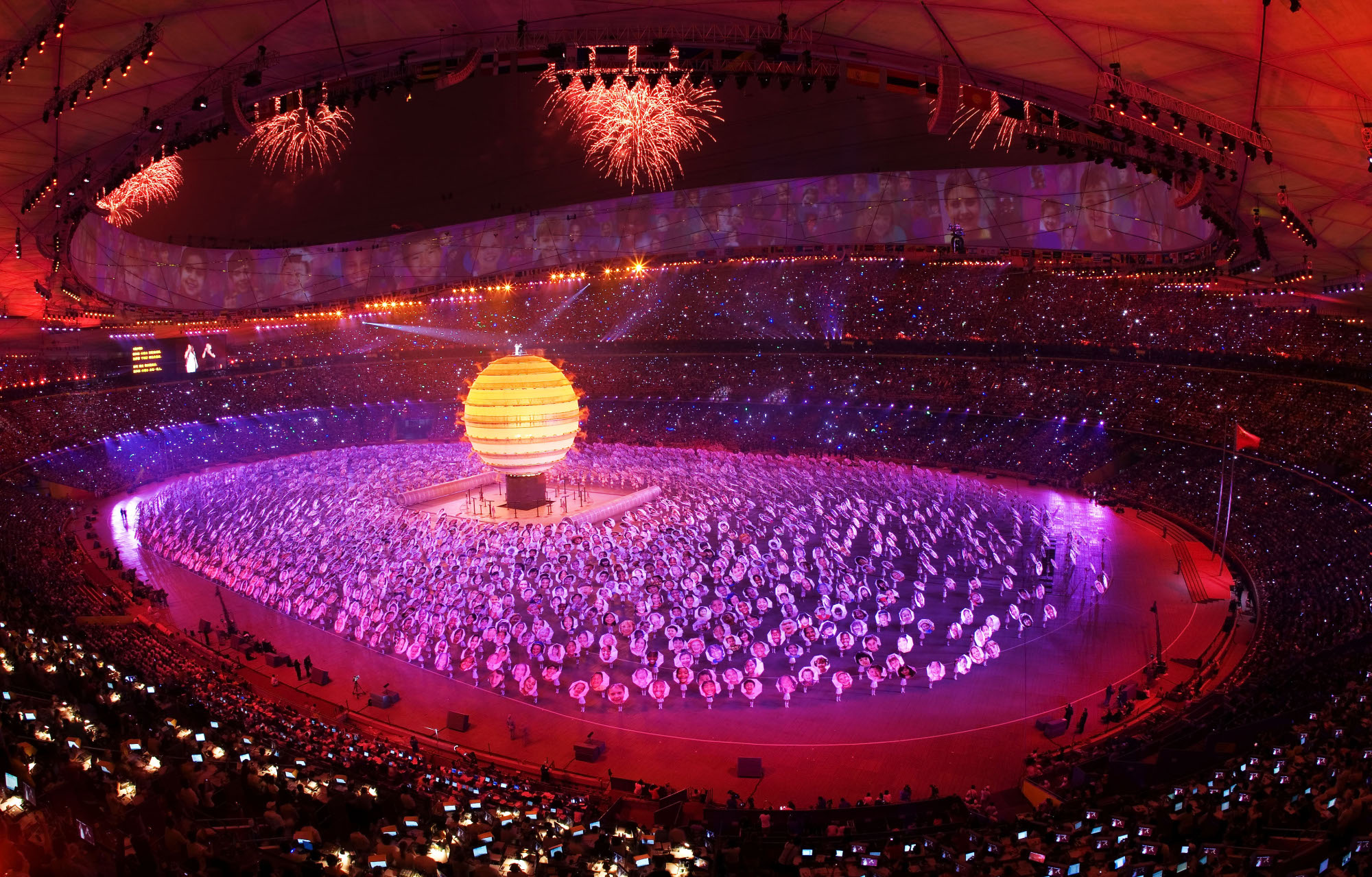ASA 189F, Dr. Valverde 7th February 2016
China's Image Control Techniques
In terms of China's national aesthetic and national image management, China's soft power comes from its manipulations of its national image through global telecommunications and global media. For instance, according to Sheng Ding's article Branding a Rising China, a nation-state's capacity to project their own ideas of their image in the international system is another form of "national power resource" (Ding, 293, 2011.) Although a nation-state (such as China) cannot own their national image since the national image depends on the views of the beholder, China's government has aggressively and relentlessly facilitated image control projects to rectify China's favorable personal reputation among global audiences (Ding, 294-295, 2011.) For instance, in order to strengthen the power of these projects, the Chinese government has "strengthened its international broadcasting power," used the Internet as a platform for its views on sensitive topics, controlled cybernetic networks, and collaborated with "organizations at all levels" to "set up their own websites" (Ding, 298, 2011.) Other forms of China's image control management include the Beijing's Olympic introductory ceremony (Latham, 25, 2009.) For example, the Beijing Olympics ceremony symbolizes and displays China's national aesthetic of its massive labor force's efficiency, high speed, advance coordination, cohesiveness, and expediency, which sets the global standard for the efficiency of all labor forces (Latham, 30, 2009.)
Therefore, based on China's image control management techniques, how will Japan manage its national image of innovative creativity within high-technology, and what are the global consequences of Japan's high-tech image management projects? As a subset of Japan's high-tech culture, what are the symbolic meanings of Japan's social robotics productions in relation to the reputation of its labor force? In regards to China's current robotics revolution, which might replace China's laborers with robot workers, how will the marketing of Japan's robots act as a form of Japanese soft power and cause other countries to adopt robotized labor forces and robotized landscapes (Pittman, 2015)? In terms of using robots for national economic development, will Japanese soft power (through its marketing of robot labor power) influence China to adopt a new national image of "automatic, robotic manufacturing power" and corrode China's current national image of its highly efficient, massively cohesive labor force?
 |
| Beijing Olympic Stadium |
Latham, Kevin. "Media, the Olympics and the Search for the “Real China”." The China Quarterly CQY 197 (2009): 25-43. Web.
Pittman, Kagan. "Will China Replace Its Manufacturing Labor Force with Robots?" Engineering.com. Engineering.com, 30 Dec. 2015. Web. 7 Feb. 2016.
No comments:
Post a Comment